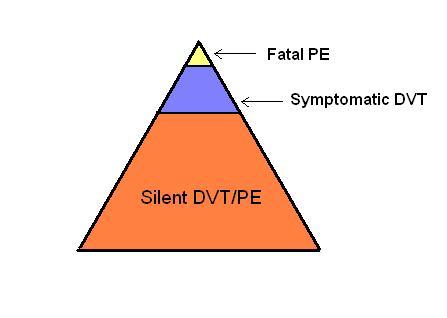Pulmonary embolism epidemiology and demographics: Difference between revisions
No edit summary |
No edit summary |
||
| Line 1: | Line 1: | ||
{{Pulmonary embolism}} | {{Pulmonary embolism}} | ||
{{ | {{PE editors}} | ||
==Overview== | ==Overview== | ||
Revision as of 16:46, 26 April 2012
|
Pulmonary Embolism Microchapters |
|
Diagnosis |
|---|
|
Pulmonary Embolism Assessment of Probability of Subsequent VTE and Risk Scores |
|
Treatment |
|
Follow-Up |
|
Special Scenario |
|
Trials |
|
Case Studies |
|
Pulmonary embolism epidemiology and demographics On the Web |
|
Pulmonary embolism epidemiology and demographics in the news |
|
Directions to Hospitals Treating Pulmonary embolism epidemiology and demographics |
|
Risk calculators and risk factors for Pulmonary embolism epidemiology and demographics |
Editor(s)-In-Chief: The APEX Trial Investigators, C. Michael Gibson, M.S., M.D. [1]; Associate Editor(s)-In-Chief: Cafer Zorkun, M.D., Ph.D. [2]
Overview
Each year in United States, there are between 300,000-600,000 cases of pulmonary embolism (PE). If left untreated almost one-third of patients die, typically from recurrent PE. However, with prompt diagnosis and treatment, the mortality rate is only approximately 2–8%. Unfortunately, two-thirds of all cases of PE are diagnosed only on autopsy. [1] PE is the major contributing factor or a cause of death in 16% of the hospitalized patients.
Epidemiology and Demographics
- Horlander et al analyzed multiple-cause mortality files compiled by the National Center for Health Statistics from 1979 to 1998. They reported that out of 42,932,973 deaths that occurred, almost 600,000 patients (approximately 1.5 percent) had been diagnosed with PE. They also theorized it was the presumed cause of death in 200,000 patients.[2]
- The incidence rate of massive, submassive and low-risk are 5%, 40% and 55% respectively.
- Only 10-20% of VTE is clinically recognized, as depicted by the figure below.
Gender
Pulmonary embolism can occur in any gender.
Age
The prevalence of disease increases with age.
References
- ↑ American Heart Association. (2007). Venous Thromboembolism & Pulmonary Embolism - Statistical Fact Sheet: 2007 Update. Retreived from http://stopdvt.org/Documents/AMA%20Fact%20Sheet%20Current%20Research.pdf
- ↑ Horlander KT, Mannino DM, Leeper KV (2003). "Pulmonary embolism mortality in the United States, 1979-1998: an analysis using multiple-cause mortality data". Arch Intern Med. 163 (14): 1711–7. doi:10.1001/archinte.163.14.1711. PMID 12885687.
